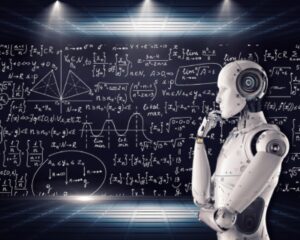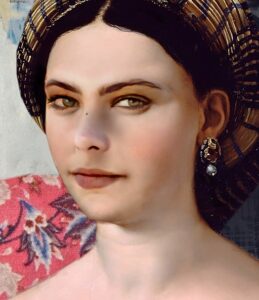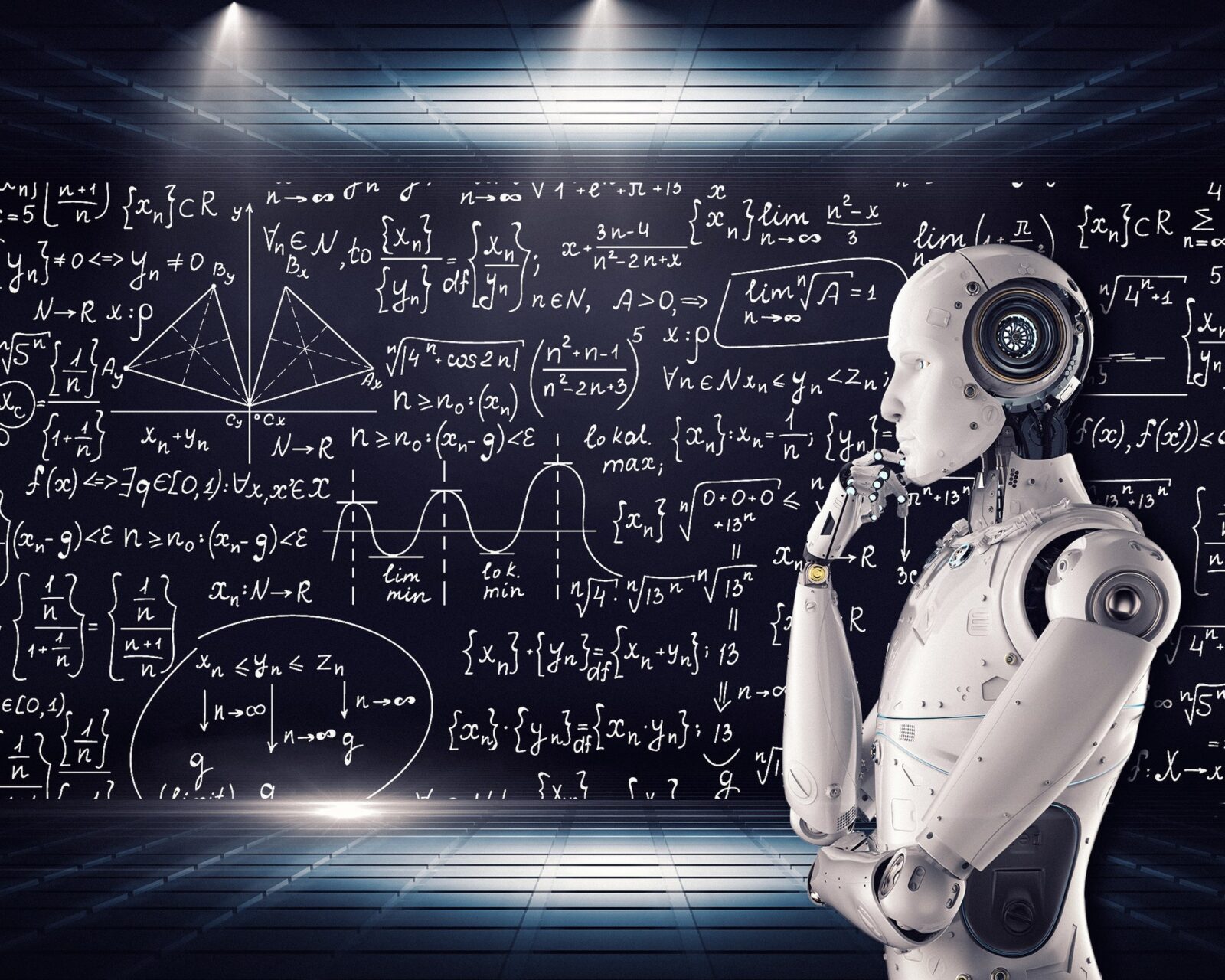Has AI made Creativity a Thing of the Past?

Recently, there has been an avalanche of interest in generative AI: programs that can produce text, speech, images, designs, music, and even computer code in an uncanny resemblance to human creations. AI systems, such as GPT-3, which mostly produces text, but can also produce images and computer code, or Dall-E, Stable Diffusion, or Midjourney, which produce images, are the tip of the iceberg in an expanding field that is attracting millions of users and billions of dollars in investments. The outputs of these systems can rival the quality of human products and work faster and cheaper than human writers, artists, and composers. Industries such as animated images for television and film are choosing AI artists over human ones to save time and money.
The basic idea behind these new AI systems is that they are trained on a very large corpus of material (words, images, etc.), which they use as a source to construct new strings of words or images in unique ways. There are several types of systems that are not identical, but allow users to dip into a sample of words or images held on a server run by the system’s producers without having to collect the voluminous input it uses, themselves. The actual rules by which the end products are constructed are sometimes not known or understood even by the systems’ developers (this is particularly true for those that use generative adversarial networks in which different AI models compete with each other to produce the product and the results are used as feedback to improve the models, so the developer may not know what the final model looks like). The inscrutability of these systems is one problem that has been pointed out, and their reliance on large collections of human data that often reflects human biases, leading to biased AI outputs, is another (e.g., most collections of photos of human faces underrepresent black faces and they become easily misidentified in systems designed for face recognition, or output based on human communication taken from social media conversations reflects the hate and bias that characterizes such conversations).
What concerns writers, artists and musicians is that generative AI systems mimic and compete with human creativity. One fear is that AIs will put artists and writers out of work. Another is that the value of creativity will be downgraded since mechanical programs are being as creative as human beings.

Some people claim that artists have nothing to fear, since the current generative AI systems have limited range in their output, have a tendency to produce nonsensical or uninterpretable output, and are often inaccurate at producing what was asked for. Generative AI is very new, making improvements by leaps and bounds, and to argue that the limitations of current systems will define the systems of the future is astoundingly short-sighted. A different argument is made by those who say that creativity is a mysterious process, which requires inspiration, and in its highest form (DaVinci, Picasso, Hemingway, Proust, Mozart, Beethoven, Einstein), is based on human genius, and simply cannot be emulated by a computer. That remains to be seen. The distance between the average creative product and those created by any of these “geniuses” is very great, so most creativity does not produce works of genius. We also do not know exactly why we, as humans, regard one work as genius and another as not. In fact there are countless instances of great books, paintings, operas, symphonies, etc., being poorly judged by the public when they first appeared. We also don’t know what goes through these geniuses’ minds (brains) that produces their best output. When it comes to the run-of-the-mill creative endeavor, whether it be a book, a painting, a film, or a piece of music, it’s fairly easy to see that it is a relatively novel (and sometimes not-so-novel) arrangement of familiar tropes. Most novels follow any one of a few plot formats, many painting are rearrangements of familiar scenes or geometric patterns, music uses familiar arrangements of notes that span a limited group or consonant possibilities. It seems reasonably likely that we, as humans, are operating in fairly circumscribed ways when we create something, and we are only dimly aware of what our brains are doing (e.g., why this phrase or this scene pops into our head at this point of the story, or this color or line seems natural to add in this part of our drawing, etc.), and our “creativity” is not so different—except for the inherent difference between the ways brains and computers operate—from what AIs are doing. There is nothing “mystical” or “inspired” about creating, and it only seems so because we, as creators, are not any more aware of what goes on in our brains to produce our outputs than are AI developers aware of exactly what their systems are doing to produce theirs. If the AI developers figure out what their systems are doing before we figure out what we are doing, which is very likely, that won’t mean that what the AI does is not creative and what we do is. It will only mean that we come up with fancy names to identify processes within ourselves that we don’t understand, and we imbue them with special qualities that mainly reflect our ignorance but sound as if they imply something profound.

So, the bottom line is that we don’t know just how creative AI systems will eventually get, and they could rival or even surpass humans. Our judgements of what are great creative achievements are based on qualities we don’t understand and which are located both in the products and in ourselves (“I may not understand it, but I know what I like”). Computers can take in more data faster than humans can, hold more if it in their working memories, and use it to produce an output that has no inherent reason for not being as good or better (whatever that means) than the output of humans. Even if this happens, it will still feel pleasurable to create, and it is likely that, as in the past, the financial rewards for producing creative works of genius will be very limited compared to rewards for producing more ordinary, familiar products that sell, so if someone develops a truly creative, artistic AI system, it will no doubt be a starving one, ignored or maligned, and stored in drafty loft somewhere (Paris?) just like its human counterpart.
What if robots replaced the entire human race? Is that the next evolutionary step for intelligence? For an imaginative, exciting look at this idea read Ezekiel’s Brain, Casey Dorman’s sci-fi adventure.

Buy Ezekiel’s Brain on Amazon. Click HERE
Subscribe to Casey Dorman’s Newsletter. Click HERE
*https://www.flickr.com/photos/152824664@N07/30212411048/
**[[File:Joseph Ayerle portrait of Ornella Muti (detail), calculated by Artificial Intelligence (AI)
***http://www.magicasruinas.com.ar/revistero/internacional/pintura-pablo-picasso.htm






Very thought-provoking. You’re right about AI’s creating original pieces–they’ll keep the dust bunnies company under the bed. As far as works of art, who needs humans or AI? All you need is an animal that is willing to walk or crawl cross a canvas with paint-wet paws, or hold a paintbrush in its trunk. Even snail art is a thing. They sell very well. I have an abundance of snails. Where’s my paints?